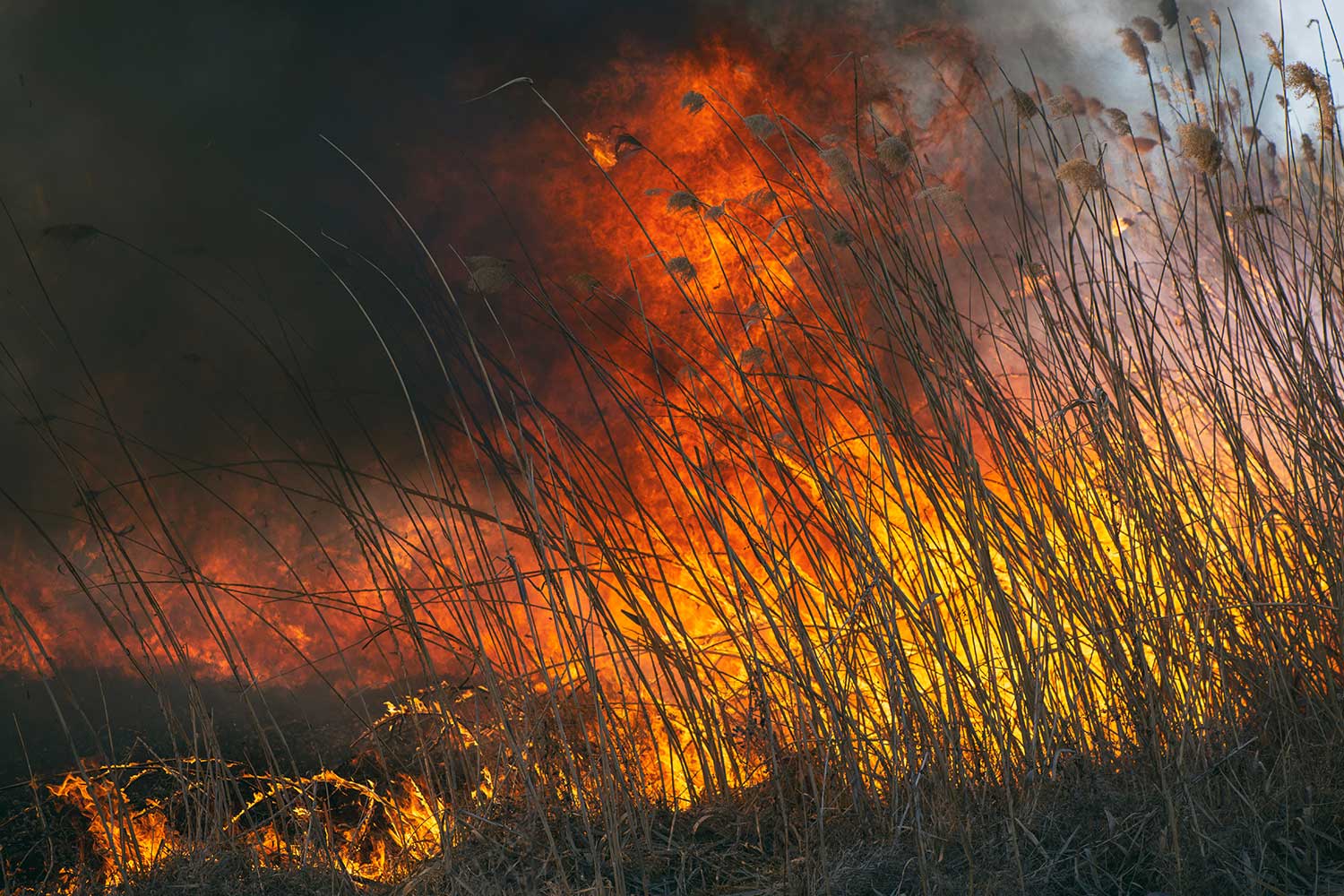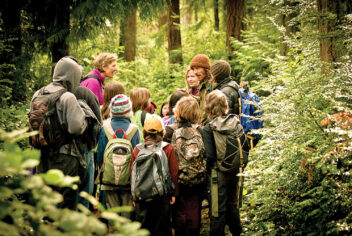1. Safe Practices in Wilderness Areas
Whether you’re located in a wilderness area or visiting, pay attention as to whether the venue/camp/location for your activities permits portable stoves, portable space heaters, or candles. Make note of precautions to take regarding these items and other flammable items, such as books and clothing in proximity of ignition sources.
Take care not to discard anything lit on fire–matches, cigarettes, or any other smoking material — without extinguishing them before disposal, preferably in water or a closed container. If your nonprofit’s activities include camping, look for signs that caution campers about potential fire hazards.
2. Properly Trained Staff
Providing training for employees, volunteers, and other staff members ensures everyone knows how to operate fire equipment and the steps necessary leading up to evacuation.
Fire is dangerous enough on its own — panic and chaos in the event of a fire will escalate the situation!
Keep in mind that during a fire, regular communication channels may not be available, and there is a real possibility of network failures, so alternate channels might be necessary. Train staff to use alternate channels instituted prior to any emergency.
3. Routine Maintenance and Inspection of Fire Prevention Measures
Regular fire inspections keep your staff, clients, and volunteers safe in the event of a fire. This should include inspections of exits (make sure they’re unobstructed and clearly marked); fire extinguishers and suppression systems; electrical elements such as circuit breakers and wiring; appliances and mechanical devices; and the safe storage of combustible materials.
4. A Complete Emergency Response Plan
One of the best ways to prevent wildfires is to implement a fire safety and prevention plan. It’s common that a small (and sometimes even controlled) fire quickly spreads due to poor practice and oversight.
A thorough plan with a tailored purpose establishes procedures for identifying fire hazards and assigns responsibility to employees and volunteers expected to prevent and respond to fires.
In the event of a fire, be sure to file an incident report with your insurer to protect yourself — even if you don’t intend to file a claim.
To learn about our property insurance, click here for California and here for states in which we operate outside of California.
If your nonprofit is not a member of Nonprofits Insurance Alliance and you’d like to learn more about joining our community, please check out our list of coverages, as well as the benefits of membership.





